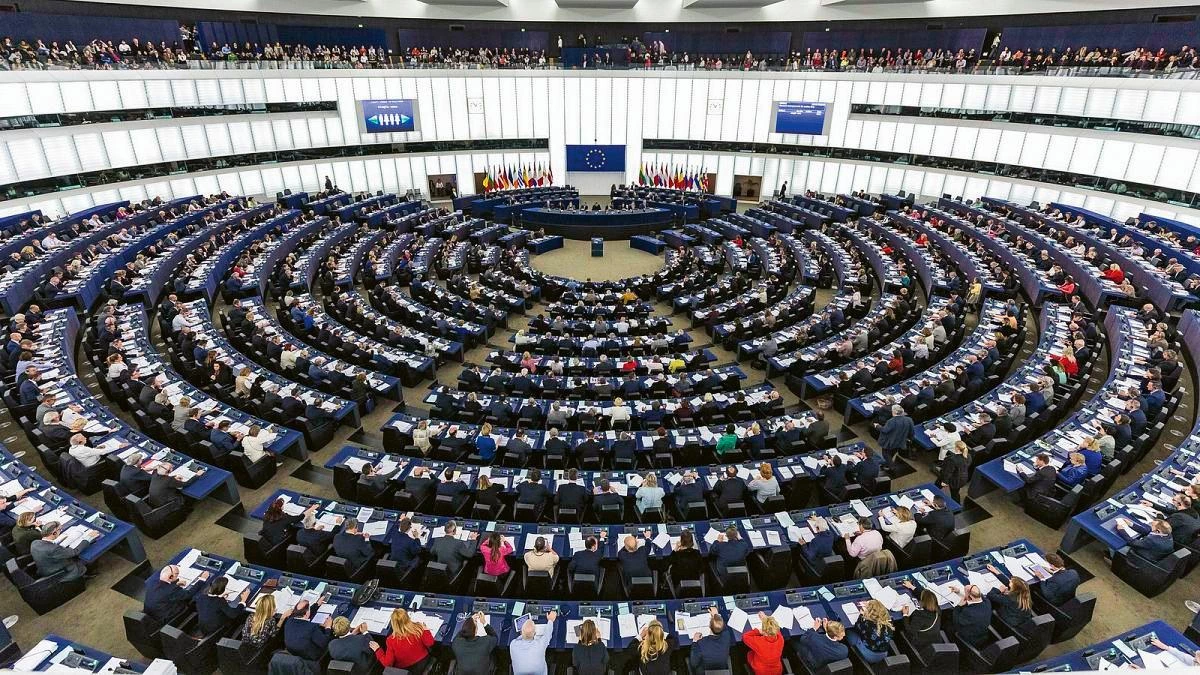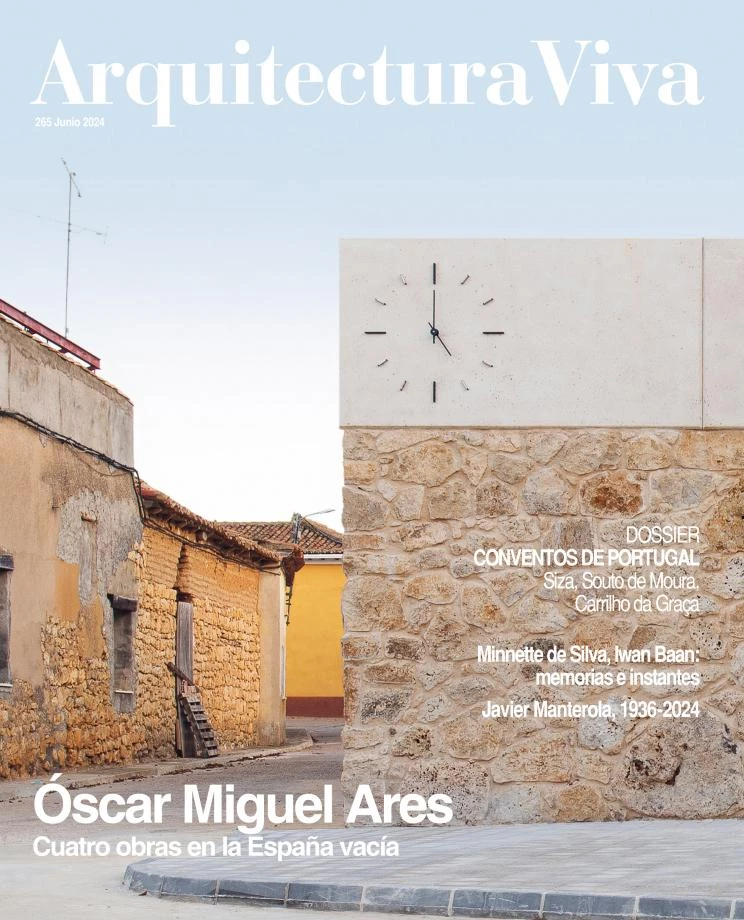
© Jean-François Badias / AP
Our continent has gone to the polls at a critical time, and architecture cannot be indifferent to the great dilemmas of the moment, for its own future is essentially tied to climate change, to the protagonism of existing constructions, and to demographic evolution. To begin with, both economic logic and environmental guidelines make it obligatory to build with an eye on material and energy costs, and the only socially aceptable architecture is that which pays attention to the environment and the climate; further to this, the density of the continent’s built domain points to preserving unbuilt,green zones, as much through concentration of investments on built-up areas as through declination of the different versions of the prefix ‘re-’ (refurbish, reuse, renovate, etc.), including the reconstruction of cities damaged by war or by natural catastrophes; finally, the demographic contraction and the aging of European populations, combined with the impact of migration flows, will bring about changes in health and education infrastructure, besides mutations in the real-estate development.
As regards the great uncertainties the continent faces, they can be grouped in three chapters: the geopolitical, the economic, and the technical. For a start, we do not know if the peace that most of Europe has enjoyed for 80 years will hold, or if the world’s division into hostile blocs will have repercussions on a group of countries with little ability to defend themselves; neither do we know if the foreseeable economic decline of an area without energy autonomy and with scant productive capacity will take place gradually or suddenly, but in either case it is sure to affect the prosperity and quality of life of Europeans, not to mention their cultural achievements, urban quality, and architectural excellence; finally, the impact of artificial intelligence and robotics on construction shall alter design and building in forms we cannot imagine, but without a doubt those are developments with extraordinary potential to disrupt both the professional panorama and the academic environment of architecture.
The role of designers in this probable future is paradoxical, because if on the one hand the evolution of architectural production pushes toward specialization in ever-larger enterprises, the training characteristic of these professionals is notably versatile in its proximity with many different disciplines, and favorable to personal independence in its emphasis on critical approaches and on creative autonomy, establishing a tension between needs and expectations that can prove fertile or frustrating. In any case, architects’ contribution to social well-being does not lie as much in an aesthetic education that enables them to be artistic references, as in a tradition of service and in an emphasis on the public dimension of their work that often makes them the voice of collective ambitions in the realm of the city and life itself. All of this should have been discussed in to the elections of 9 June, the tenth since the European Parliament began to be elected by direct vote in 1979, and perhaps the most transcendental in the 45 years that have elapsed since.







